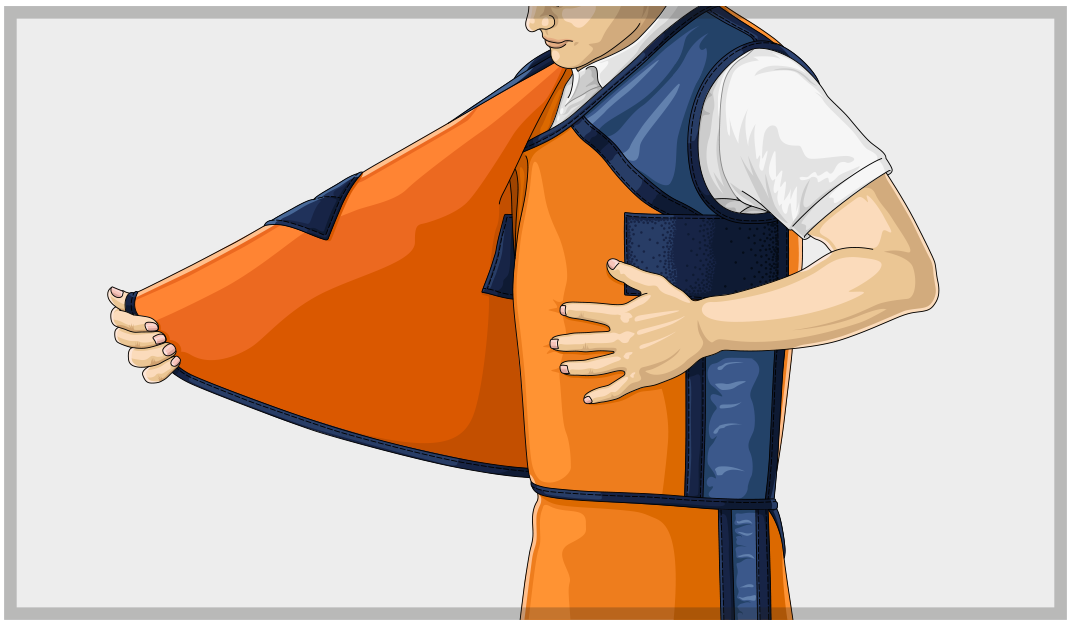Important Factors in the Selection of an X-ray Apron
The quality demands for X-ray protective clothing are now greater than ever. Wearing times of the protective aprons and other personal protective equipment (PPE) are extended by modern, radiologically supported procedure in diagnostics and treatment. The protection requirements differ depending on the intended use. Below you will find recommendations and advice for selecting your protective clothing in order to ensure a perfect balance of radiation protection, weight and comfort. The Right Radiation Protective Apron The lead equivalent value required for your workplace depends on the working conditions (radiation protection present on-site, X-Ray tube voltage, position in the room, etc.) and cannot be determined generally. In Germany, radiation protection commissioners monitor and supervise the measures taken to ensure adequate radiation protection in environments where ionizing radiation is used. If you have questions about radiation protection, this person is the first point of contact at your workplace. Apart from that, each person that wears a radiation protective apron should be assured that he or she is properly protected with the lead equivalent value mentioned on the radiation protective clothing in the X-ray tube voltage range that they need. To that end, always make sure that the lead equivalent value of your radiation protective clothing complies with the current standard IEC 61331-1:2014 or DIN EN 61331-1:2016. Further, you should check in which X-ray tube voltage range you work and for which range your preferred protective clothing is approved for. For example, if you only work at 80 kV – 100 kV, the lighter protective clothing made from reduced-lead / lead-free material, which is mostly tested in and approved for the 50 kV – 110 kV range, is best. On the other hand, for procedures, such as CT interventions, it is imperative that the material has been tested and approved for the entire X-ray tube voltage range from 50 kV to 150 kV. In this case, MAVIG recommends that you use pure lead or an equivalent protective material.


